Since America’s disastrous scuttle from Kabul in August 2021, there had been rising concern that Afghanistan would once again become a crucible of international terrorism. The claim by the Islamic State group to have carried out the Crocus City Hall attack in Moscow appears to have justified that fear.
An Islamic prophecy says that when the Mahdi, the messiah, returns to herald the end of the world, he will come bearing black flags in the land of Khorasan
The four gunmen — who are said to have walked casually as they fired into the crowds, leaving more than 130 people dead — were citizens of Tajikistan, which borders Afghanistan to the north.
After their defeat in Syria and Iraq, Afghanistan is now Islamic State’s main base, and hundreds of Central Asian fighters have returned to regroup and train there. Intelligence sources say that Tajiks can easily pass in the northeast of Afghanistan as locals, since the people of the region are Afghan Tajiks.
Islamic State’s regional affiliate, Islamic State-Khorasan Province (IS-KP), was founded by disaffected Taliban commanders in the mountainous region separating Afghanistan from Pakistan in 2015. “Khorasan” is an old name for a region which took in most of modern Afghanistan as well as eastern Iran, and it has particular resonance because of an Islamic prophecy that when the Mahdi, the messiah, returns to herald the end of the world, he will come bearing black flags in the land of Khorasan. It is no coincidence that IS-KP fly black flags.
Before the attack, the US had picked up indications of increased IS-KP activity in Russia and in Central Asian countries. Earlier this month authorities in Kazakhstan said they stopped an IS-KP attack on a synagogue, killing two gunmen. Just before Christmas last year, Tajik fighters identified as IS-KP were arrested in Germany alleged to be plotting terrorist attacks. And in the largest international attack before the Crocus City massacre, more than 100 people were killed in January in an attack in Iran, again by Tajik IS-KP fighters.
IS-KP survived years of intense fighting by US and Afghan special forces before 2021, including the destruction of a cave complex in Afghanistan by the first use of the largest non-nuclear weapon in the US arsenal, the MOAB, the Massive Ordinance Air Blast, or as it came to be known, “Mother of All Bombs.”
Several reports from the UN and others have tracked the growth of IS-KP since the fall of Kabul, and how the Taliban have failed to stop them. The former head of Afghan special forces, Lieutenant General Sami Sadat, says, “The Taliban only deal with IS-KP when they see an imminent threat. They have no capacity to defeat them.” IS-KP have carried out high profile attacks against the Pakistani and Russian diplomatic missions in Kabul, and suicide bomb attacks against civilians particularly targeted at the Hazara minority, who are from the Shia faith.
While the Taliban oppose IS-KP, if ineffectively, they do host other international jihadi terrorist groups, in particular the Pakistani Taliban (the TTP) and al-Qaeda. Pakistan’s intelligence service, the ISI, made a major strategic miscalculation in supporting the Taliban takeover of Afghanistan. They expected to be able to squeeze the TTP, but the opposite has happened, and Pakistan now faces just the kind of cross-border attacks that it sponsored in the other direction during the years of the western-backed Afghan republic after 9/11.
A number of international reports have tracked the increased growth of al-Qaeda, said to have a “symbiotic” relationship with the Taliban according to one UN report. An unpublished analysis by UK-based security firm, reported in Foreign Policy says that al-Qaeda are running eleven gold mines in the north of Afghanistan, splitting the proceeds between the two factions of the Taliban: the leadership in Kandahar, and the Haqqani network in Kabul. Al-Qaeda’s take is believed to be nearly $200 million in the eighteen months of the operation of the mines.
The Taliban’s failure to prevent international terrorism coming from Afghanistan means they have failed to honor one of the only commitments they made to the US in exchange for the withdrawal of international troops. But America continues to turn its back on the evidence gathered by other agencies. US intelligence reports, at least those made public, see al-Qaeda as at a “nadir” in Afghanistan, and no threat outside the country. President Biden’s last comments on the subject, which The Spectator covered, showed that he was in denial.
The Taliban continue to exert their baleful grip ever tighter on this unhappy country. In a rare audio message released this week, the Taliban’s supreme leader, Haibatullah Akhunzada, called the west “Satan” because of women’s rights, and promised to ensure harsh punishments, such as stoning for “adultery,” are carried out across the country. “Mere control over Kabul and the provinces isn’t our goal,” he said, “rather, we are committed to actively implementing Sharia in practice.” Meanwhile, terrorists have been given free rein across the country.
This article was originally published on The Spectator’s UK website.



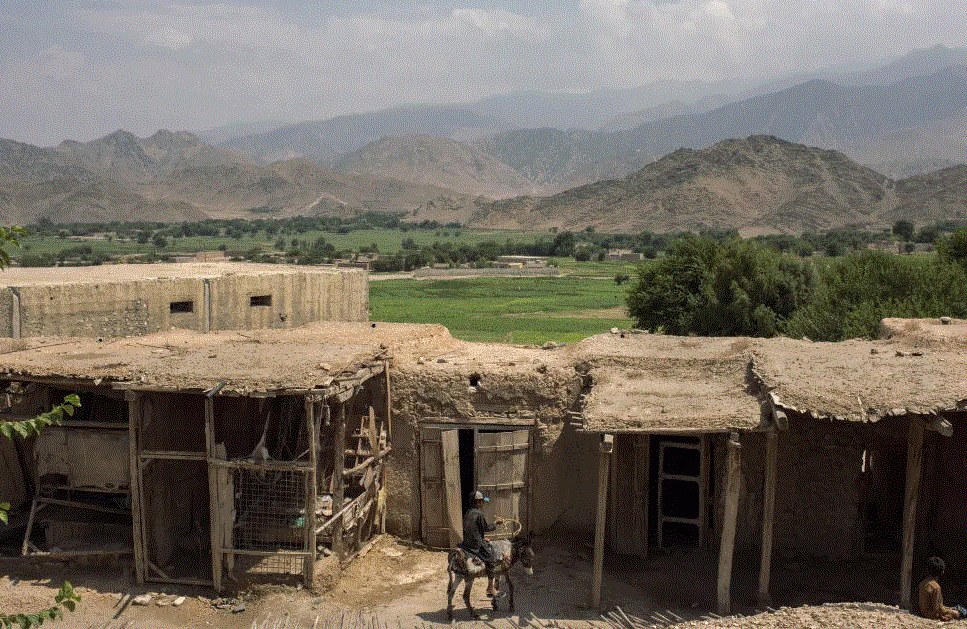







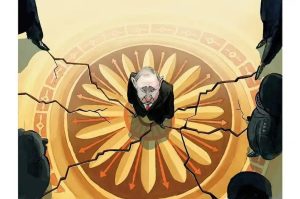
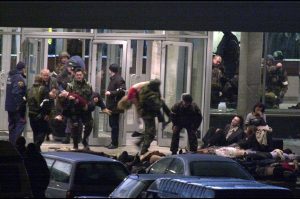
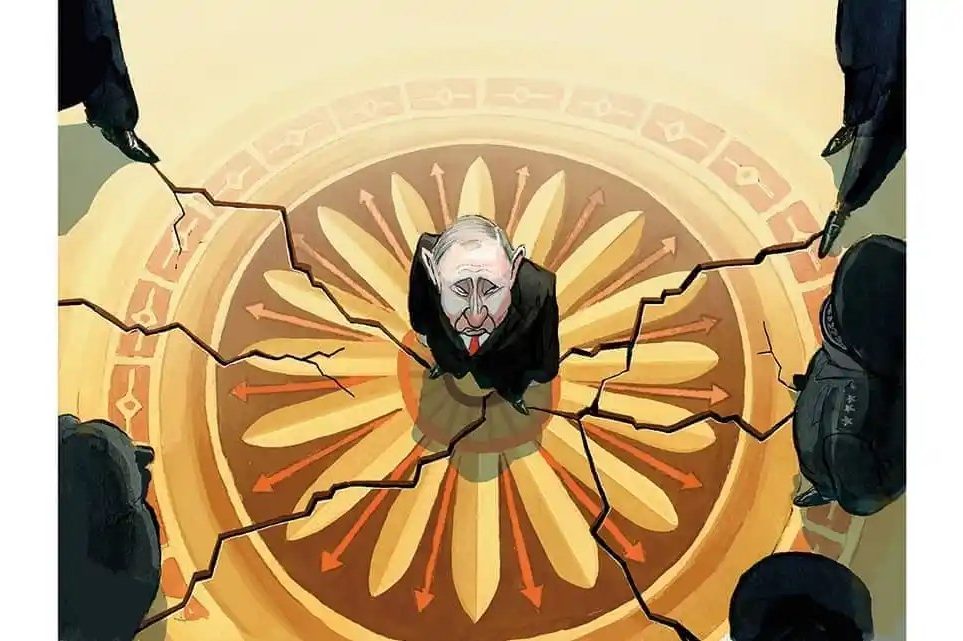
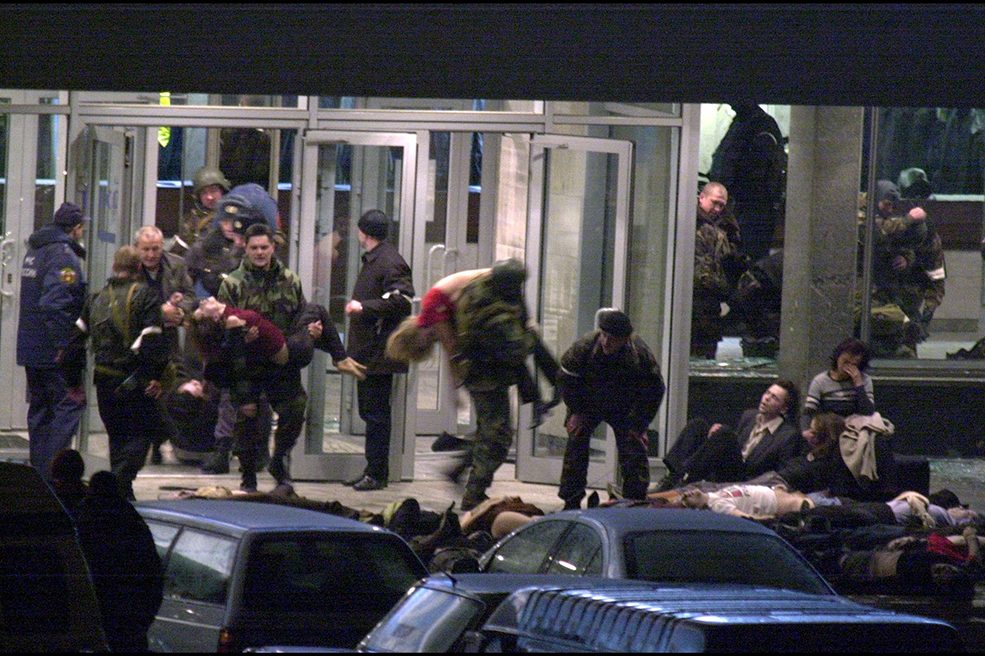
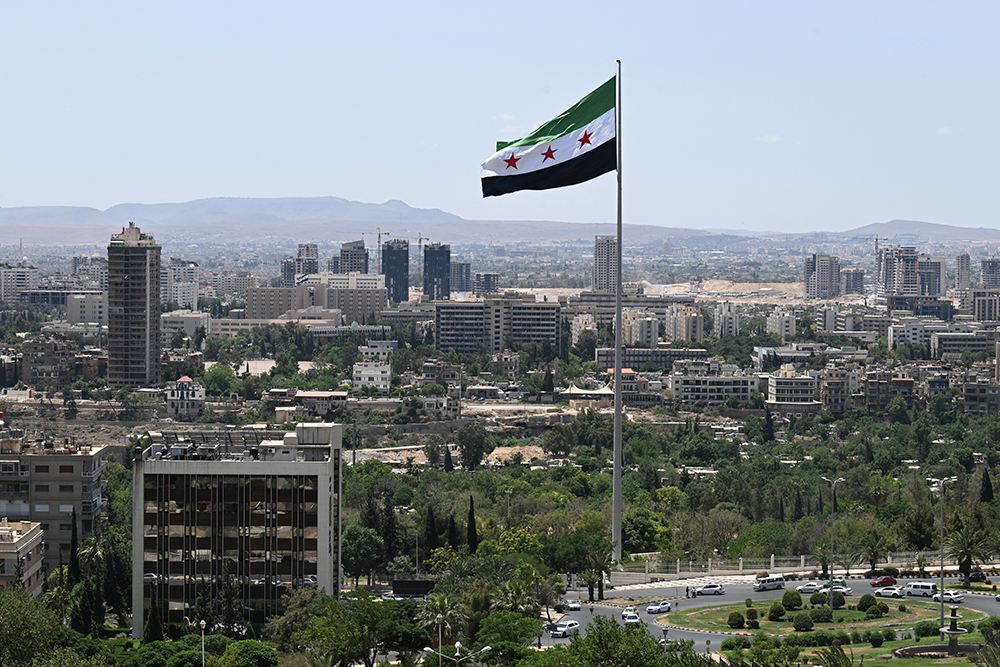

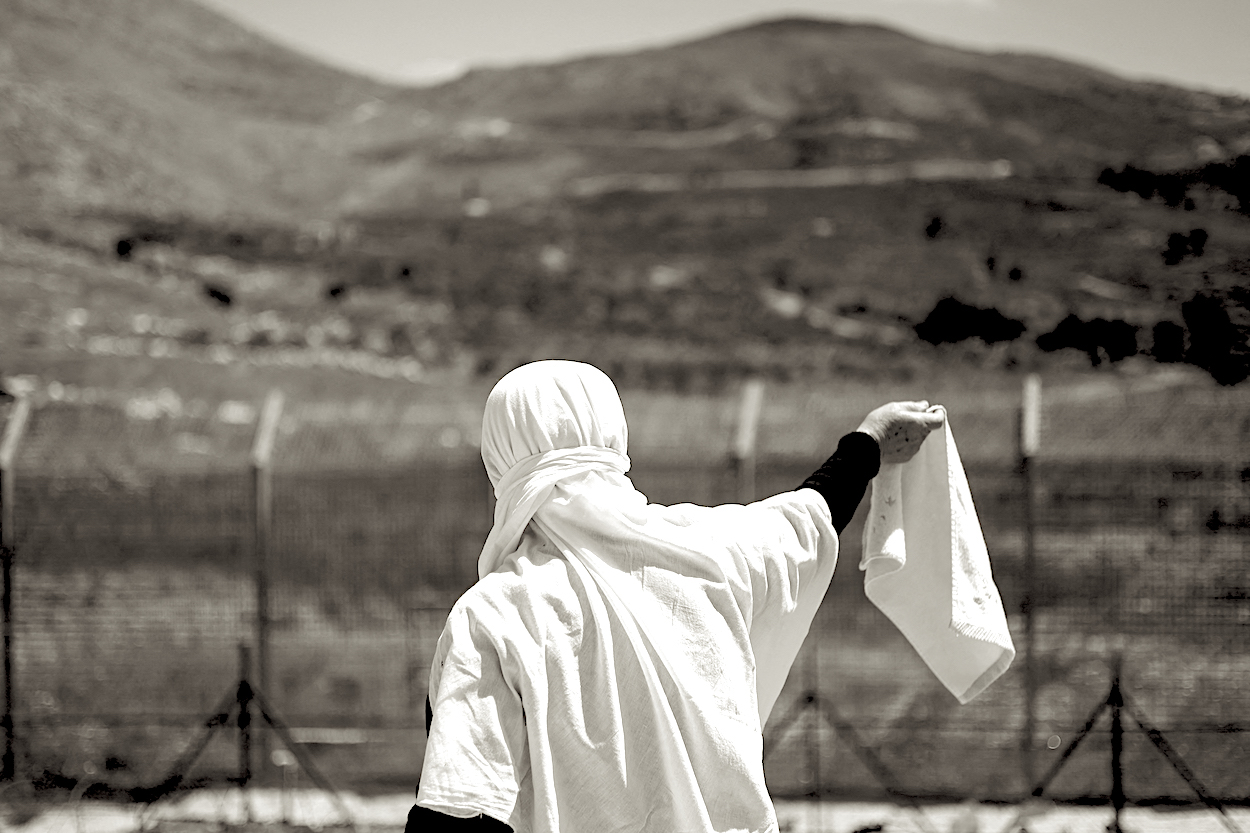








Leave a Reply